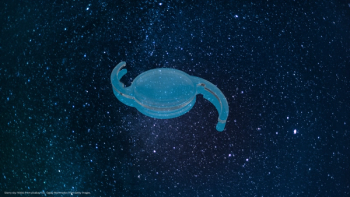
The new generation Crystalens better than the rest?
The first generation Crystalens accommodating intraocular lens (IOL) (eyeonics) was approved by the FDA in November 2003 and has since undergone two revisions. The first involved modification of the lens optic to a "square" rather than smooth edge in order to reduce the incidence of asymmetric capsular fibrosis, which could cause capsular contraction and IOL tilt
In order to increase functional near vision with this lens, a third revision was made and the ensuing lens is known as the Crystalens HD. In lab testing, this lens provided greater depth of field than the parent AT-45 lens and better contrast as measured by modulation transfer function, an objective measure of contrast, than ReSTOR (Alcon) or ReZoom (AMO) implants.
We were involved in a FDA multicentre study, the purpose of which was to determine surgical outcomes with this new fourth-generation lens and to establish whether it would degrade contrast acuity in human subjects.
After Institutional Review Board (IRB) approval of the study protocol, a total of 125 primary eyes were implanted with the Crystalens HD. Inclusion criteria included patients aged 18 years or over, presence of a visually significant cataract, less than 1 D of corneal astigmatism and the potential for best corrected visual acuity (BCVA) of 20/25 or better in both eyes.
Surgery was performed using standard phacoemulsification techniques and the lens was implanted using an injector system. Postoperatively, patients were evaluated at one day, seven to 14 days, one to two months, and four to six months.
Facts and figures
Newsletter
Get the essential updates shaping the future of pharma manufacturing and compliance—subscribe today to Pharmaceutical Technology and never miss a breakthrough.







































